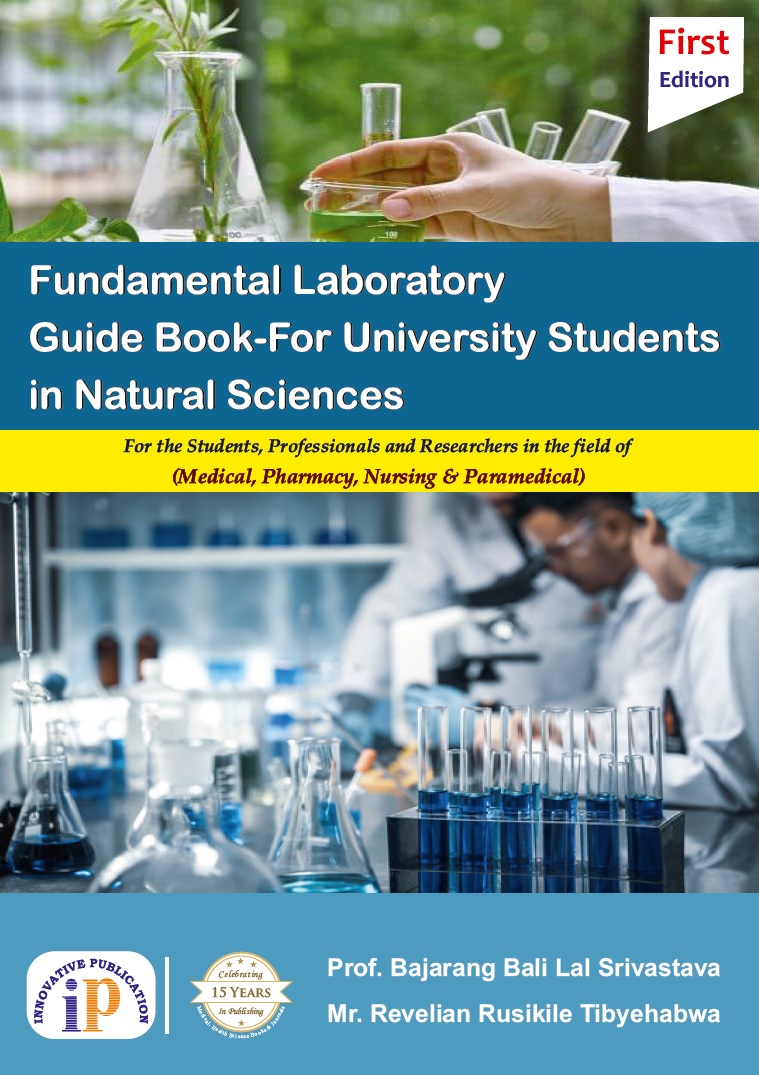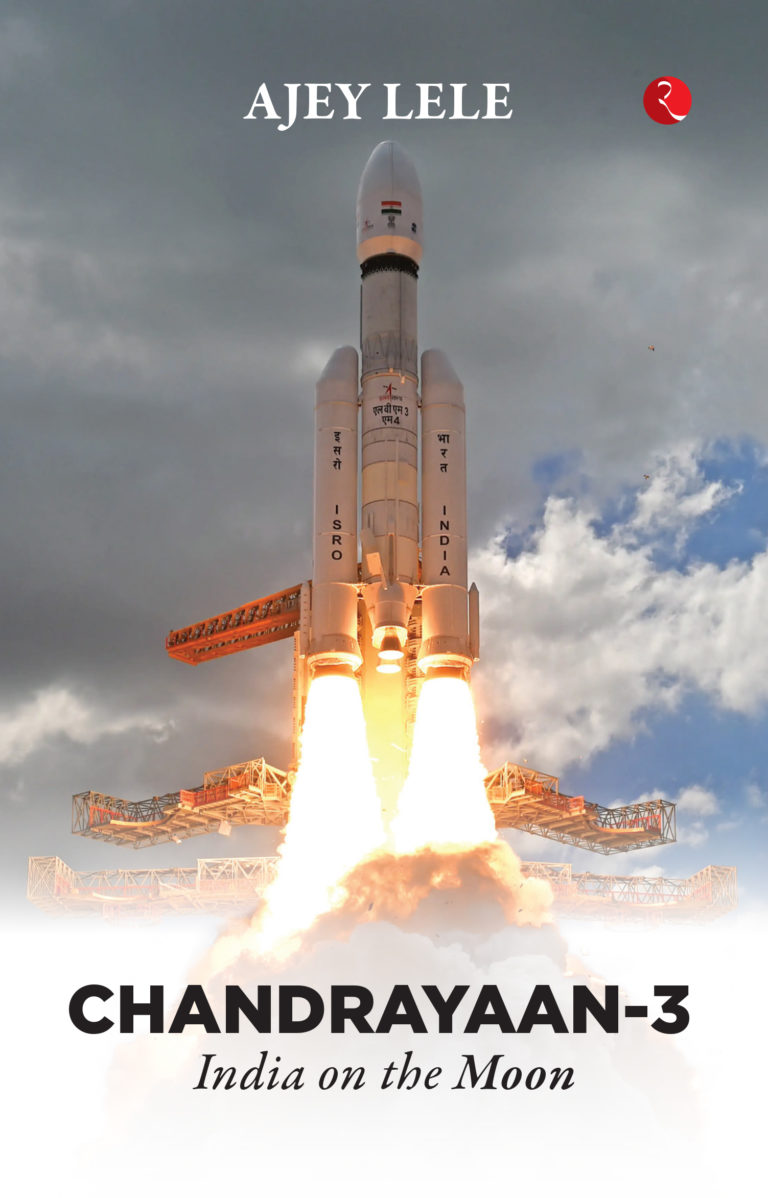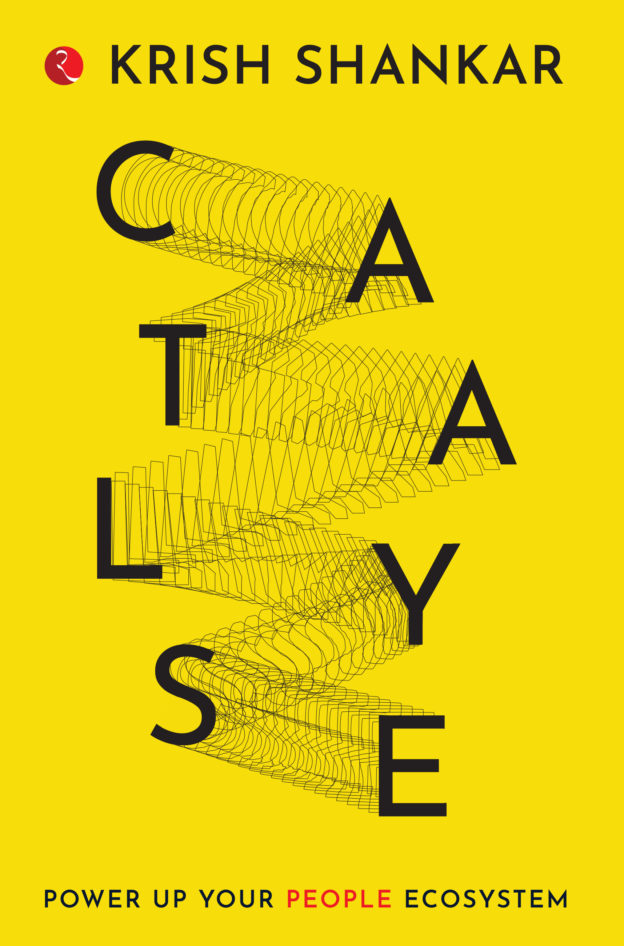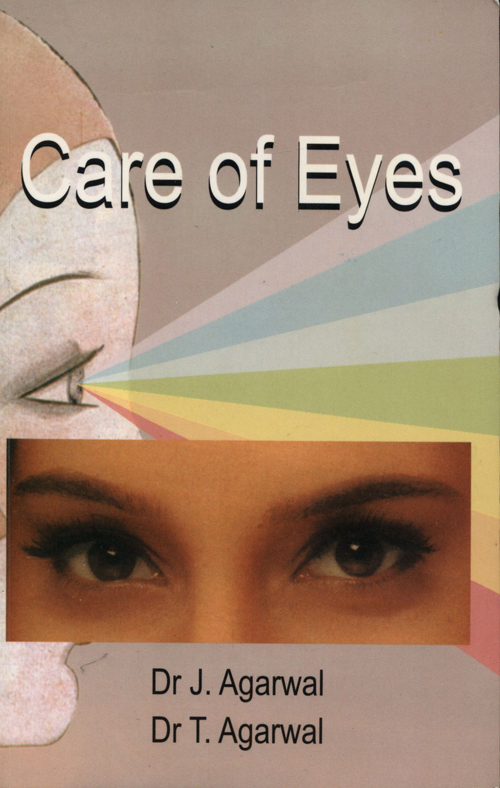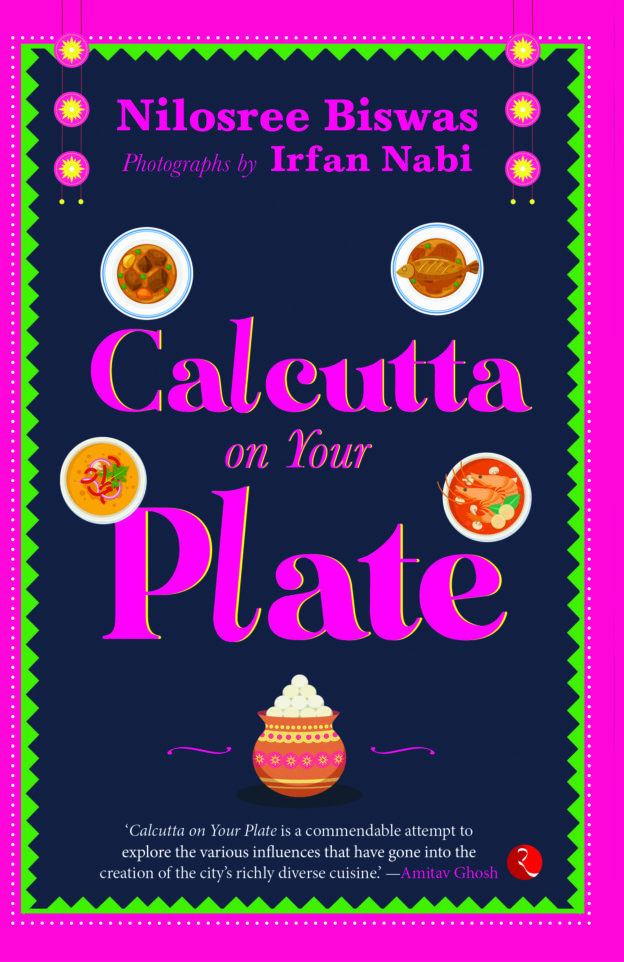Fundamental Laboratory Guide Book- For University Students in Natural Sciences
Availability :
In Stock
₹ 405.90
M.R.P.:₹ 495
You
Save: ₹89.10 (18.00% OFF)
(Inclusive
of all taxes)
Delivery:
₹ 0.00 Delivery charge
Author:
Prof. Bajarang Bali Lal Srivastava, Mr. Revelian Rusikile Tibyehabwa
Publisher:
IP Innovative Publication Pvt. Ltd.
Edition:
First
ISBN-13:
9788119613069
Publishing Year:
2024
No. of Pages:
215
Weight:
320 g
Language:
English
Book Binding:
Paperback

